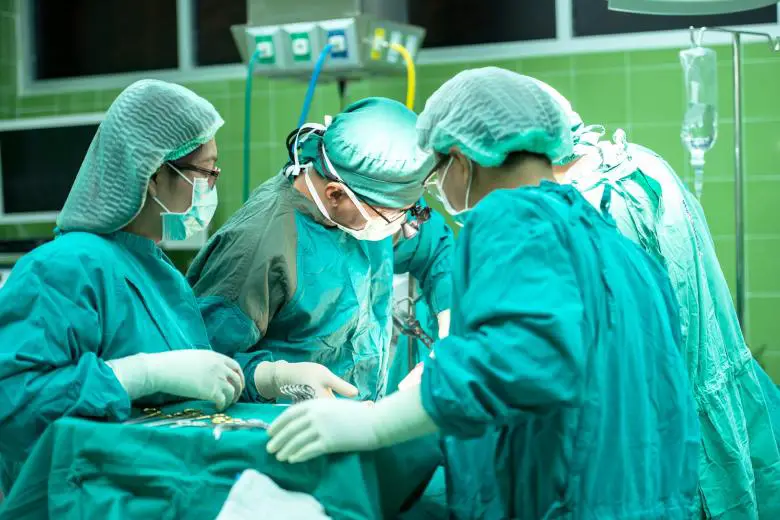The pelvis is a large bony structure that sits at the base of your spine. It is made up of two hip bones (the ilium and the ischium), which meet at the pubic bone located in the front.
THEosteotomy pelvis is a surgical procedure used to correct deformities of the pelvis. This operation can be performed on adults and children, and is most often used to treat hip dysplasia.
In this article, we will discuss the indications of osteotomys pelvic floor and how they are performed.
THEosteotomy of the basin what is it? Definition
The pelvis is a ring-shaped structure that supports the spine and the weight of the upper body. It is made up of several bones, including the hip bones, the sacrum, and the coccyx.
In some cases, it may be necessary to surgically modify the pelvis to correct a deformity or relieve pain. This procedure is known asosteotomy.
During a osteotomy, the surgeon makes an incision through the skin and soft tissue. Then, he cuts one or more pelvic bones before repositioning them in their correct position.
The bones are then held in place with screws or plates. In some cases, a bone graft may also be used to support the repair.
Indications and contraindications
THEosteotomy is a surgical procedure by which a bone is cut and realigned. The main indications for carrying out a osteotomy are to correct a deformity or relieve a joint contracture.
The osteotomies the most commonly performed are those of the femur, tibia and pelvis. A contraindication toosteotomy is any condition that would render the procedure unsafe or ineffective.
These include active infection, severe malnutrition and uncontrolled diabetes. Also, some patients may be unsuited to theosteotomy due to the presence of malignant tumors or vascular malformations.
As with any surgery, theosteotomy also carries risks, such as nerve damage, blood loss, and infection. However, these risks can usually be minimized by carefully selecting patients and using techniques that minimize tissue damage.
What is the procedure ?
Before the operation, the patient will be subjected to general anesthesia. This will allow him to stay asleep and not feel pain for the duration of the operation. The surgeon makes an incision through the skin and soft tissues of the pelvis. Once the bone is exposed, he will use special instruments to cut it.
The next step is to reposition the bone in its correct position. This can be done using screws, plates or a bone graft. Once the bone is in its new position, it is held in place by these fixation devices.
After the operation, patients usually have to stay in the hospital for several days so that they can monitor their progress. They may also be required to wear a hip abduction brace to maintain hip integrity and allow for proper healing.
recovery after a osteotomy of the pelvis can take several months. Patients usually need to follow a physical therapy (physiotherapy) program to promote healing and reduce the risk of complications. Most patients return to normal life after completing this program.
Are there any alternatives?
In some cases, it is possible to correct a joint deformity or contracture without resorting to a osteotomy. This can be accomplished by using braces such as splints or prostheses.
However, these devices are not always effective and can lead to complications such as skin ulcerations and an increased risk of infection. Also, they are not suitable for all patients.
Therefore, theosteotomy remains the best option for correcting bone and joint deformities. It also helps relieve pain and improve joint function.
Conclusion
THEosteotomy is a common surgical procedure that can be used to correct bone and joint deformities. It has many benefits, including better joint function and reduced pain.
However, like any surgery, it has risks and should be performed by an experienced professional.
If you suffer from joint pain or if you have a bone deformity, do not hesitate to consult a doctor to find out if theosteotomy is the best option for you.


